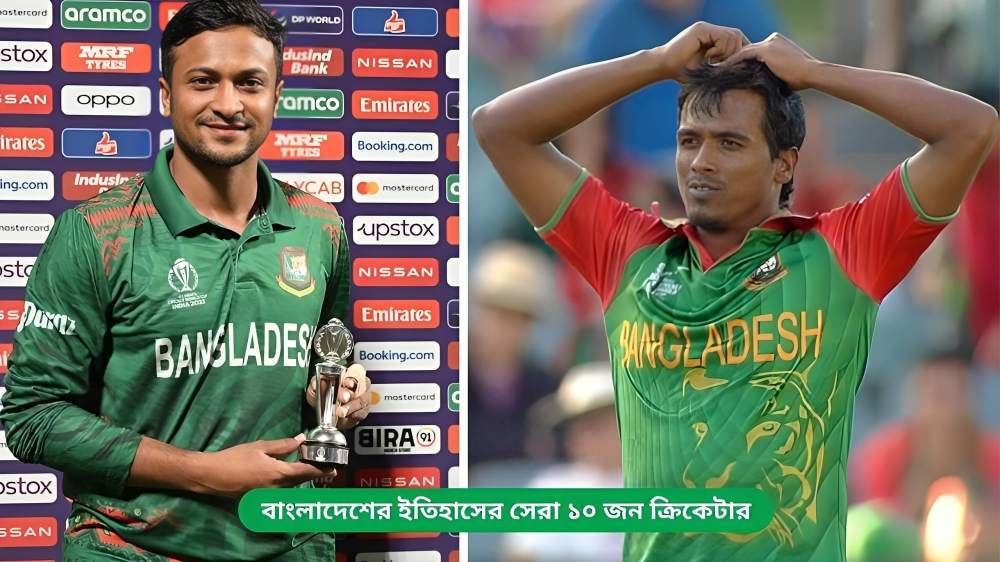Today, let’s focus on the type of wood used for cricket bats. The answer is simple: willow.
There are still many questions you might have, like where is the willow sourced, how is it processed, and if any willow is suitable.
Why is Willow Good for Cricket Bats?

Willow is preferred for a few reasons. It is lightweight, making it easier for cricketers to handle. Willow also doesn’t splinter or get damaged easily by the ball, especially after being treated and “knocked in”. This process strengthens the wood, combining its fibers to create a denser and stronger bat.
What Type of Willow is Used for Cricket Bats?

Not all types of willow are suitable. The specific type used is Salix alba ‘Caerulea’. This fast-growing wood is mostly sourced from the UK, particularly from Suffolk and Essex, known for their high-quality willow.
In India, cricket enthusiasts have started growing this willow, known as Kashmir willow. It’s cheaper slightly more robust and darker in color due to the different growing conditions. The Village Cricket Bat is a great example of a bat using Indian Salix alba, offering strong material at a lower price.
How Old is the Wood When it is Felled?

Manufacturers have different criteria. Some fell the trees at 4-6 years old, while others waited much longer. There is debate about the ideal age of the wood.
Can Other Types of Wood Be Used for Cricket Bats?

For quality cricket bats, willow is irreplaceable. Other materials don’t provide the same spring and quality. Cheaper bats might not be made of willow and are only suitable for playing with a tennis ball. For a bat that can handle a hard ball, you need a willow cricket bat.












